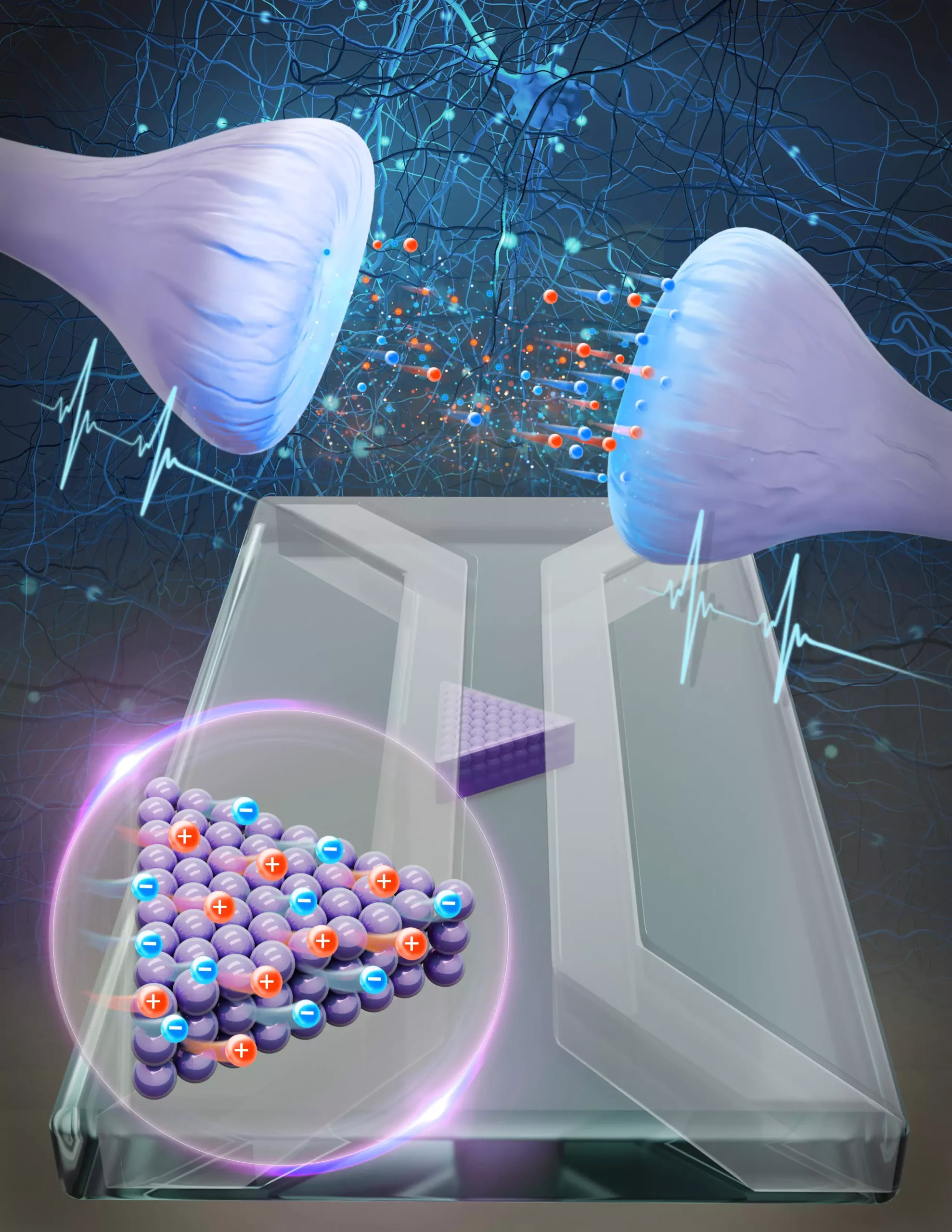In a groundbreaking study published in the Proceedings of the National Academy of Sciences, theoretical physicists at Utrecht University and experimental physicists at Sogang University in South Korea have successfully constructed an artificial synapse that operates with water and salt. This innovative approach to neuromorphic computing aims to replicate the intricate workings of the human brain by utilizing the same medium as our brains. The development of brain-like computers that diverge from traditional binary processing methods has been a focus of researchers seeking to enhance energy efficiency in computing systems.
The theoretical framework behind iontronic neuromorphic computing revolves around the idea of using water and dissolved salt particles (ions) as the primary medium for information processing, mimicking the way our brains operate. While existing brain-inspired computers rely on solid materials, the potential for a more faithful replication of brain functionality through the use of water and salt has sparked interest in this emerging field. The recent study marks a significant milestone in demonstrating that a system based on water and salt can process complex information, resembling the capabilities of our brains.
At the core of this breakthrough is a small device, measuring 150 by 200 micrometers, that emulates the behavior of a synapse in the brain. This device, known as an iontronic memristor, consists of a cone-shaped microchannel filled with a solution of water and salt. When stimulated by electrical impulses, ions in the liquid migrate through the channel, leading to changes in ion concentration. Depending on the intensity and duration of the impulse, the conductivity of the channel adjusts, simulating the strengthening or weakening of connections between neurons. The ability to measure changes in conductance serves as a crucial aspect of processing input signals.
The discovery that the length of the channel impacts the duration required for concentration changes to dissipate opens up possibilities for tailoring channels to retain and process information for varying durations, resembling synaptic mechanisms in the brain. This finding suggests that iontronic neuromorphic computing has the potential to advance computing systems that are more efficient and have lower energy consumption than current technologies. While the field is still in its infancy, the publication of this study represents a significant step towards achieving computers capable of mimicking the communication patterns of the human brain using water and salt as the primary medium.
The development of an artificial synapse utilizing water and salt represents a major breakthrough in the field of neuromorphic computing. The successful demonstration of complex information processing with a system that mimics the medium of the human brain paves the way for future advancements in computing technology. The potential for iontronic neuromorphic computing to revolutionize the efficiency and energy consumption of computer systems holds promise for the future of artificial intelligence and cognitive computing. While challenges remain in realizing this vision, the collaborative efforts of researchers worldwide continue to push the boundaries of what is possible in the realm of brain-inspired computing.



Leave a Reply